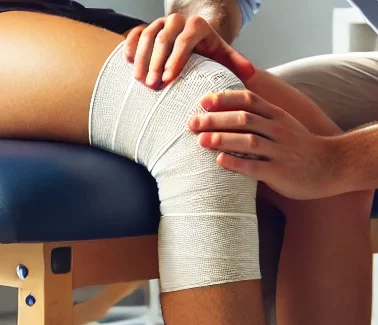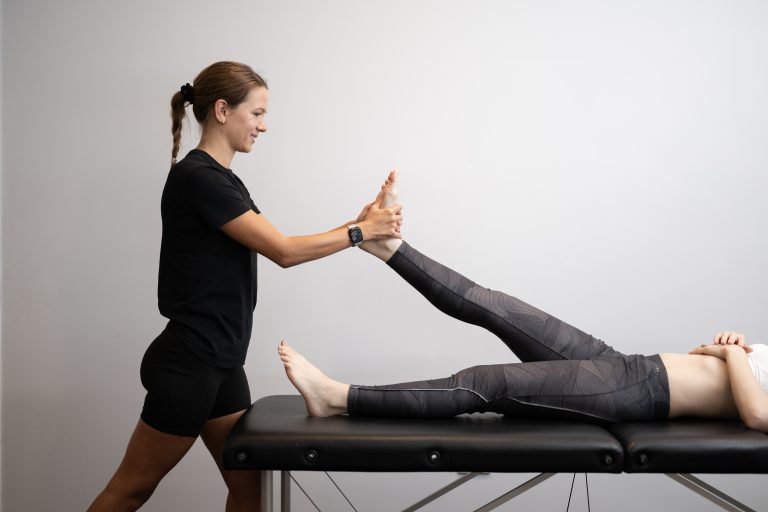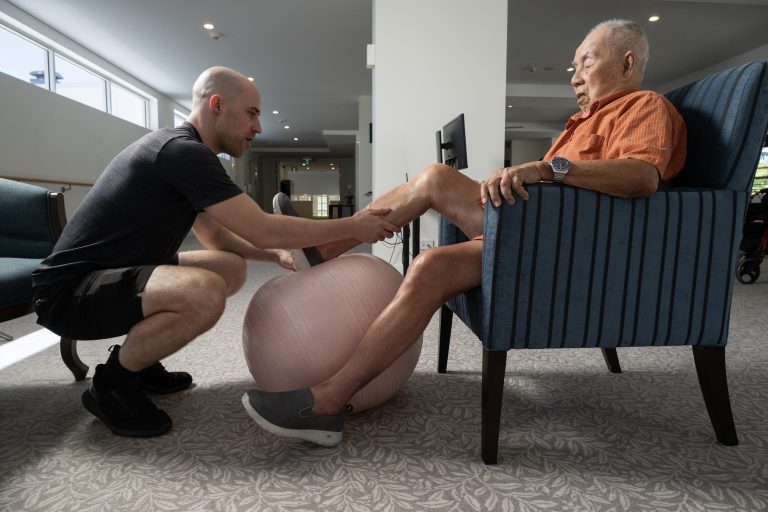Getting back on your feet after an injury can seem like a long road with no finish line in view. Understanding the stages of the healing process and factors that influence recovery can help you set realistic expectations and take control of your rehabilitation journey. If you’re bouncing back from a sports injury or tackling those age-related issues, getting some pro tips from GM Physiotherapy will help you get back on your feet and feeling strong again.
Examples of Common Injuries and Recovery Approaches
- Sprains and Strains: These injuries, which often pop up in the ankles, wrists, or back. The following can benefit from gentle mobilisation and progressive strengthening exercises.
- Fractures: Healing a broken bone involves immobilisation followed by physiotherapy to restore strength and range of motion.
- Tendonitis: This overuse injury, common in athletes, requires rest, anti-inflammatory measures, and guided exercises to restore function.
- Post-Surgical Recovery: Procedures like joint replacements or spinal surgeries require more structured approaches to rebuild strength and mobility while minimising complications.
Stages of the Healing Process
Healing is like a journey that happens in different phases, with each step being super important for getting back on track. Let’s look at these phases and see what’s in store for each one.
Acute/Inflammatory Phase
Timeframe: 1–3 to 7 Days
This initial stage kicks off immediately after an injury. The body’s primary focus during this phase is to protect the injured area, limit damage, and initiate the healing process. You may experience pain, swelling, redness, and warmth as your immune system works to clear out damaged cells and release chemicals that promote healing. Rest and gentle care, such as applying ice and avoiding strenuous activity, are much needed during this period.
Repair Phase
Timeframe: 1–4 to 6 Weeks
During the repair phase, the body begins to rebuild damaged tissues by producing collagen. This scaffolding helps restore strength and structure to the injured area. Even though the pain and swelling might be easing up, that spot is still a bit sensitive, so it’s all about moving carefully and doing some targeted exercises. Rehabilitation physiotherapy focuses on gradually restoring mobility, flexibility, and strength without pushing the injury too hard during this stage.
Remodelling Phase
Timeframe: 4 to 6 Weeks and Beyond
The final phase involves the maturation of newly formed tissues. The collagen fibres align according to the stresses placed on them, increasing the strength and resilience of the repaired area. This stage can stretch up to several months, depending on the severity of the injury and individual recovery factors. A physiotherapist for sports injuries can design advanced exercises and routines to optimise recovery and prevent re-injury during this critical stage.
Factors That Affect the Timeframe of Healing and Recovery
Recovery timeframes can vary widely based on different factors:
- Injury Severity – Minor injuries like sprains heal faster than more severe issues like fractures or ligament tears.
- Age – Healing tends to take longer in older individuals due to slower cell regeneration.
- Overall Health – Conditions like diabetes or poor circulation can impede recovery. A tailored approach, such as physiotherapy for elderly clients, considers these factors.
- Activity Level – Athletes may experience different recovery dynamics compared to sedentary individuals.
- Compliance with Treatment – Sticking to your exercises, taking those rest breaks, and showing up for therapy can make a huge difference in how well you heal.
- Support Systems – Professional guidance from an NDIS physiotherapist or other specialists helps with a structured and effective recovery plan.
Our Expert Tips for Faster Recovery
- Stay Active, but Smart
Getting into some safe, low-impact activities like walking or swimming is a great way to keep the blood flowing and avoid stiffness, all while being gentle on your injury. Light activity also promotes endorphin release, which can help reduce pain naturally.
- Eat Nutrient-Rich Foods
Diet can really make a huge difference, especially when it’s rich in protein, vitamins, and minerals. These support tissue repair and overall health. Focus on lean meats, fish, fruits, vegetables, and whole grains to supply your body with the nutrients that you need for better and faster recovery.
- Prioritise Rest and Sleep
Sleep is the answer to a lot of things, including quicker recovery. While you’re asleep, your body regenerates and repairs tissues. So it’s good to aim for 7-9 hours of sleep each night, and make sure you create a more peaceful environment for yourself for a consistent bedtime routine.
- Follow Your Physiotherapist’s Advice
Sticking to your personalised plan helps you recover in a safe and effective way. Missing workouts or pushing too hard can slow you down, so just go with what your physiotherapist suggests.
- Use Heat and Ice Appropriately
Alternate between ice to reduce inflammation and heat to relax muscles, depending on your physiotherapist’s recommendations. Apply each for 15-20 minutes at a time, and use it with a barrier like a towel to protect your skin.
- Stay Hydrated
Proper hydration supports cellular function and recovery. Aim to drink at least 8 glasses of water daily, and consider hydrating with electrolyte-rich drinks if you’ve been active.
- Maintain a Positive Mindset
Recovery can be challenging, but know that your mind is a powerful thing. Maintain a positive attitude to stay motivated, and celebrate small milestones. Progress is progress no matter how small you may think it is.
- Incorporate Stretching
Gentle stretching exercises can improve your flexibility and ease muscle tightness, giving a nice little boost to your recovery journey. Make sure to follow your physiotherapist’s advice to steer clear of overstretching.
- Utilise Support Aids
Depending on your injury, aids such as braces, crutches, or compression garments may assist in reducing strain and supporting healing. Use these as advised by your healthcare professional.
Take Charge of Your Recovery
Recovering from an injury doesn’t have to feel overwhelming. At GM Physiotherapy, we provide expert guidance and support tailored to your needs. Whether you need mobile physio on the Gold Coast, rehabilitation physiotherapy, or specialised care like physiotherapy for elderly clients, our team is here to help. Book a session today and let us help you get back to doing what you love.





 Back to all posts
Back to all posts

